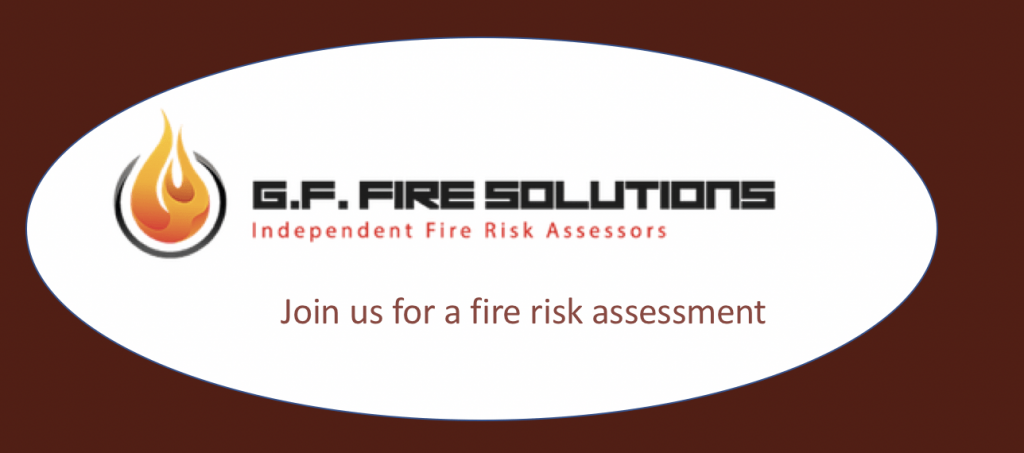
We have been asked on many occasions “What does a fire risk assessment entail?”
Here is a step-by-step process of what a fire risk assessments consists of.
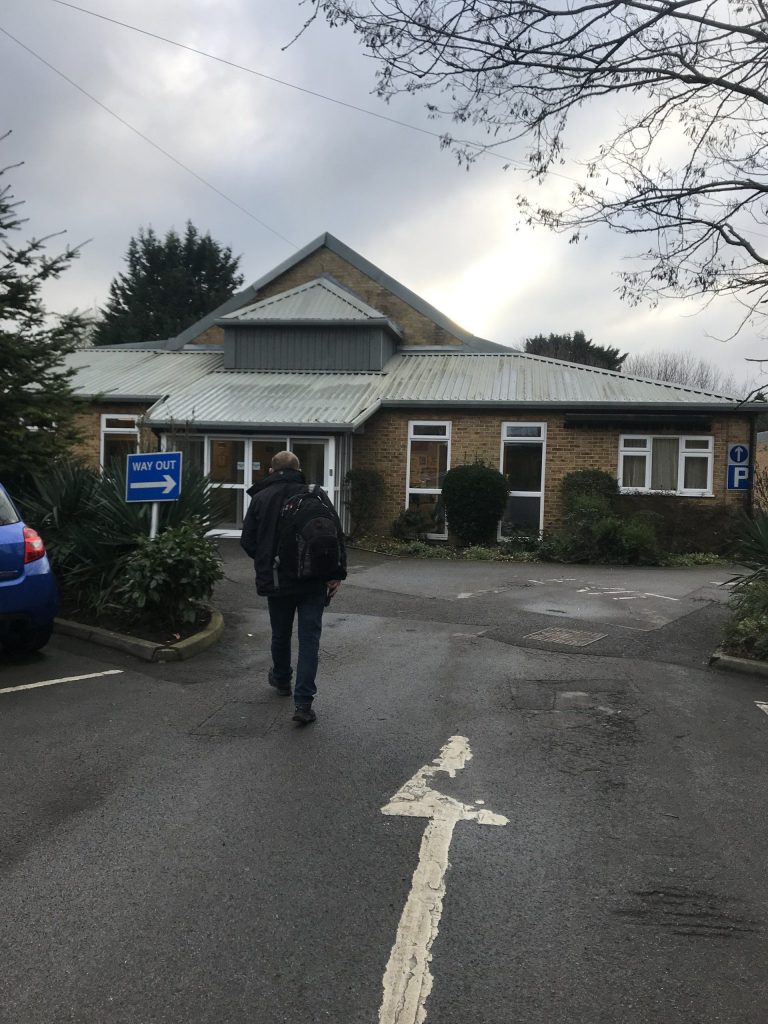
Richard or one of our other fire risk assessors will arrive to site and take a look at the building. This includes the material on the roof, outer building and to see if there are any external materials such as cladding & fire loading around the building i.e. industrial bins etc.
They will then introduce themselves to the client, make sure there is access to riser cupboards etc. and explain what the assessment will entail and answer any questions the client may have. When the client is okay for them to start they will then begin the assessment.
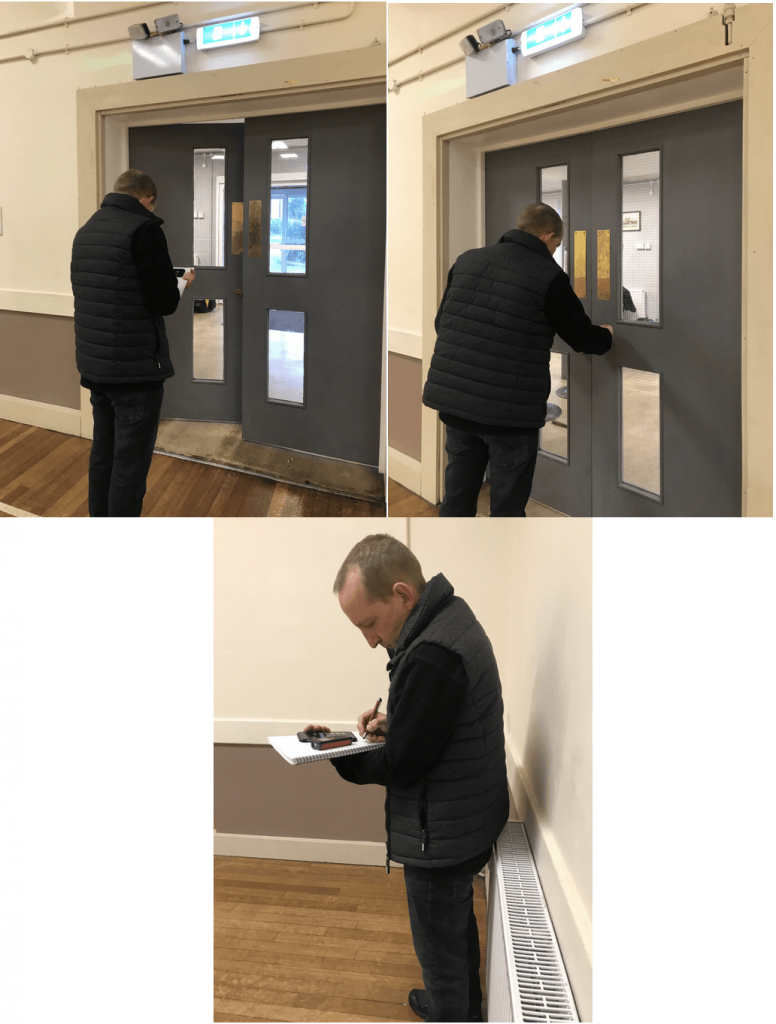
The assessor will check key components such as; fire doors width, seals & measure the size; look at the fire exits, measure the size of the room & calculate the travel distance and capacity of the room to determine the amount of people who can be in the room at one time & how many fire exits are required. This is most important for entertaining & meeting rooms etc.
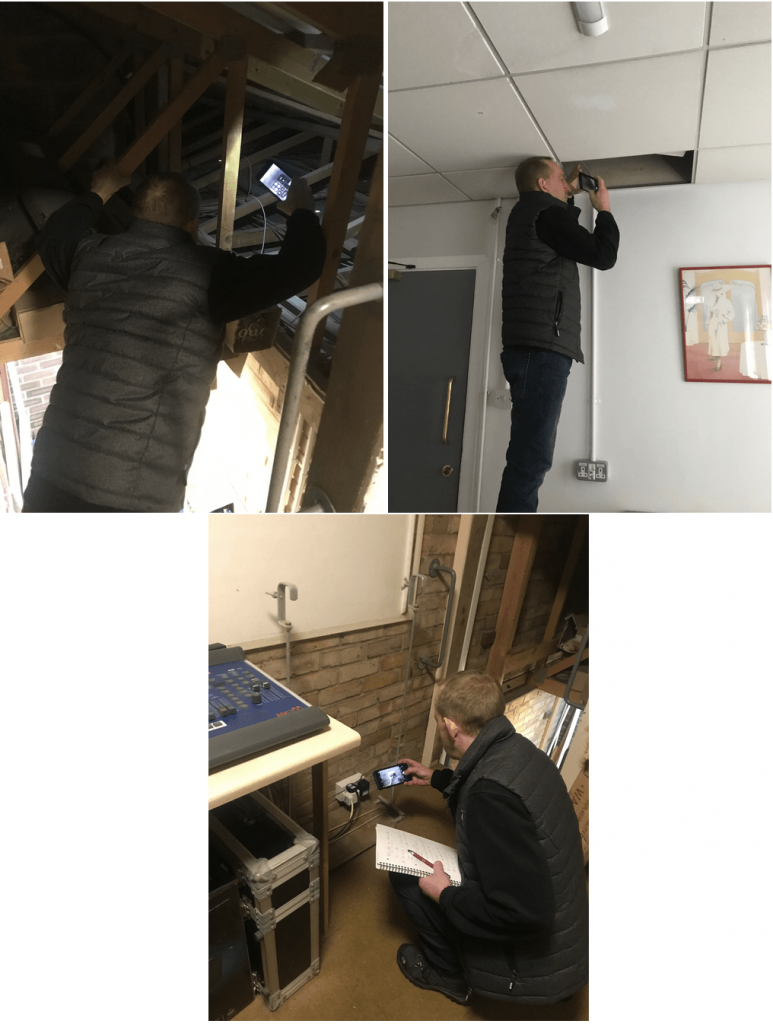
They will climb into any loft spaces, check the compartmentation and how that will affect the building and the safety from the roof down.
As you can notice, Richard is consistently taking photographs of his findings, these will be added to the action points at the end of the report, giving every client a clear indication of their bespoke plan of how to reduce fire risk at the property.
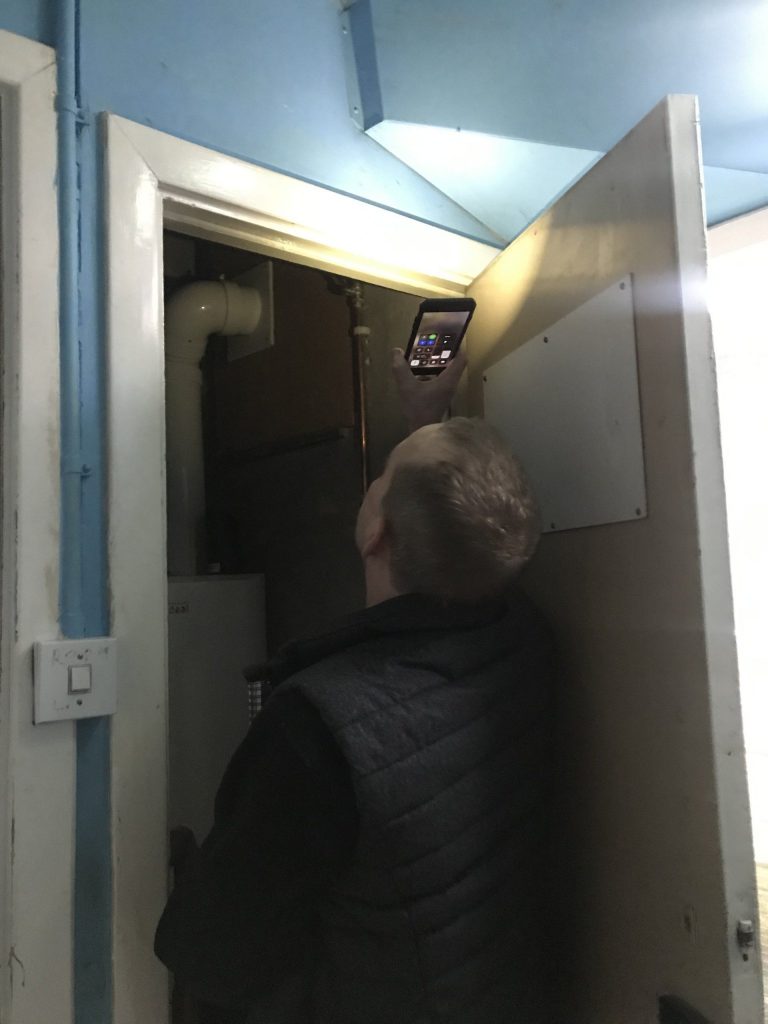
They will finally, ask any last questions including amount of staff or residents etc. on site, any fire procedures already in place, electrical testing etc. and make sure the client has no further questions for them.
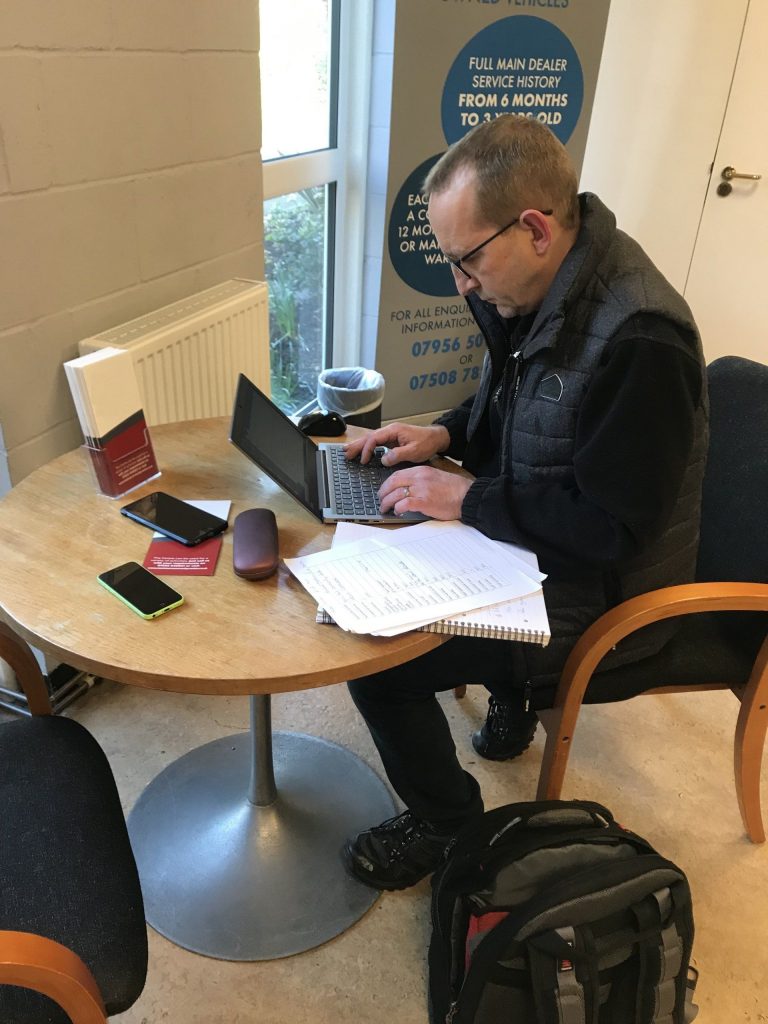
Final write up of the detailed fire risk assessment will take place off site, concluding all steps the risk assessor believes need to take place in order to reduce the risk of fire, backed up by legislation and photographic evidence.
The fire risk assessment is then sent to the client along with a log book and any further advice we can give.

